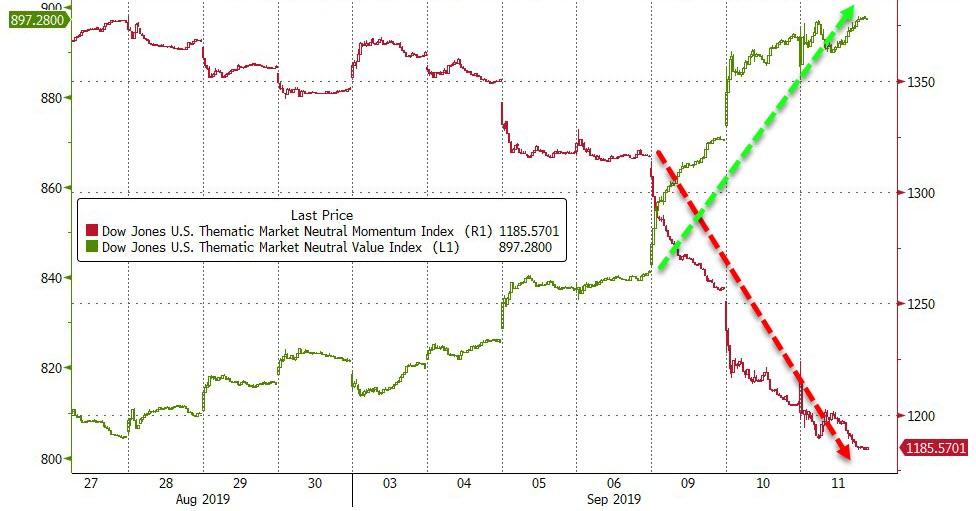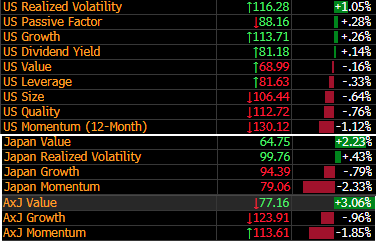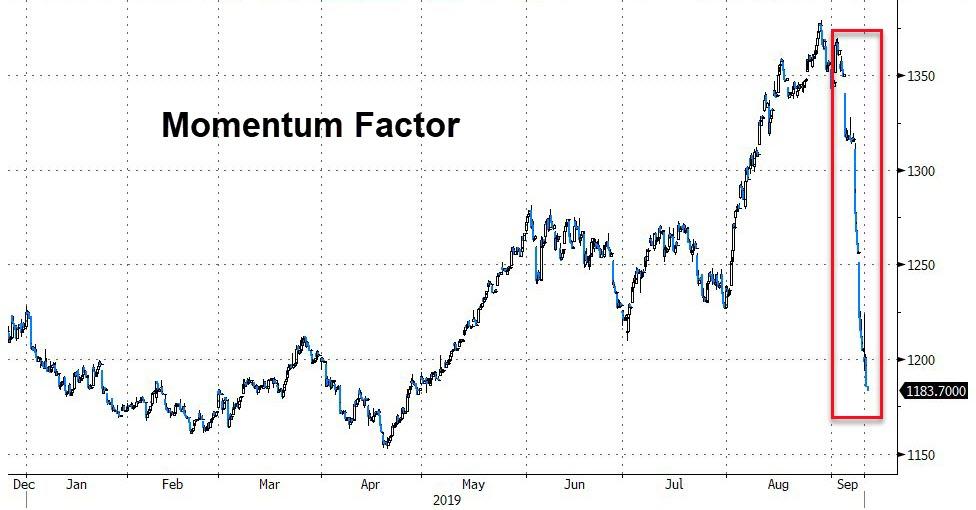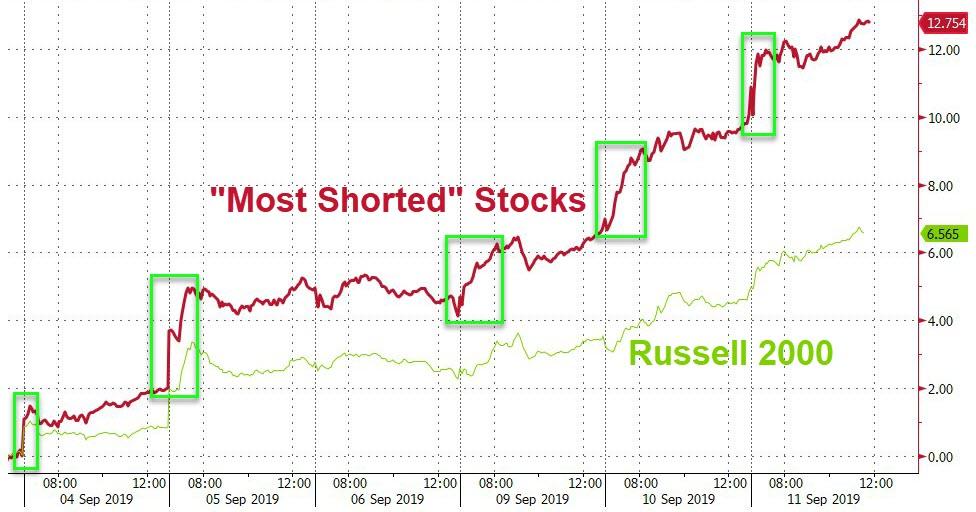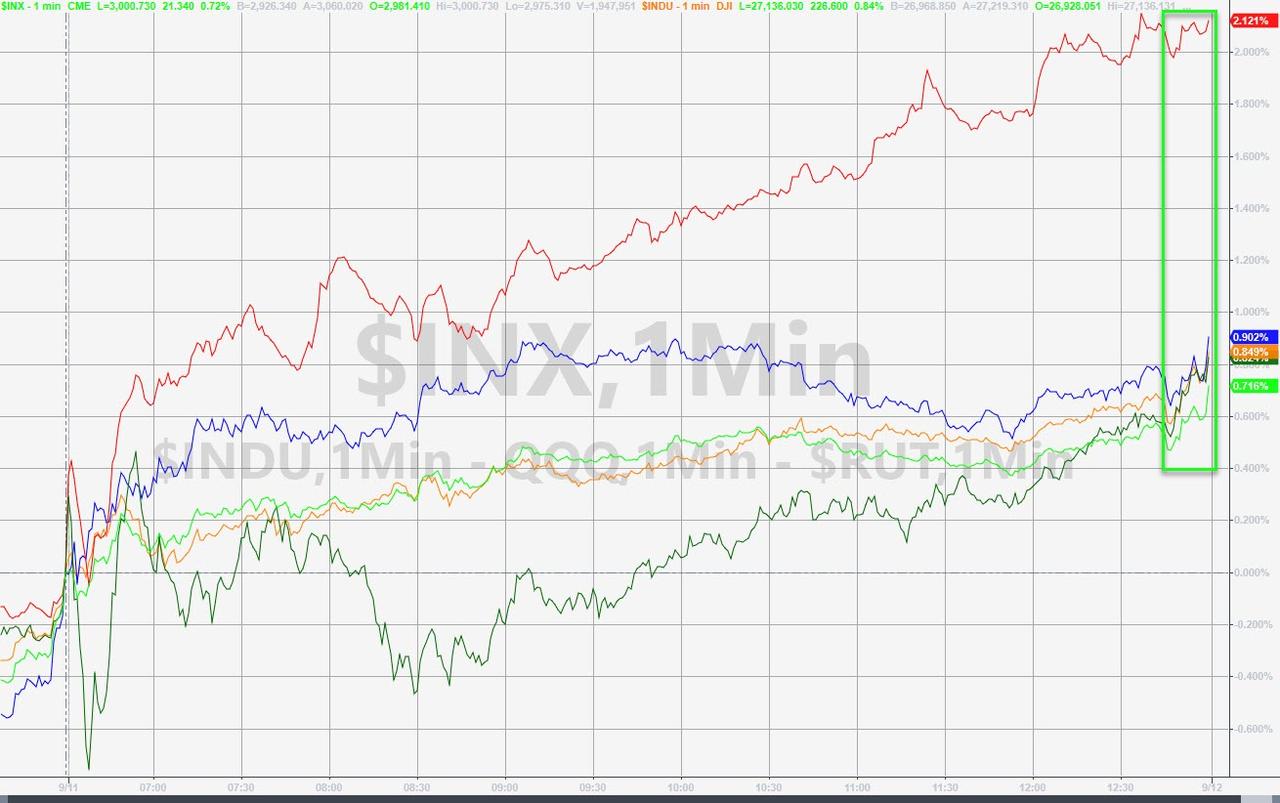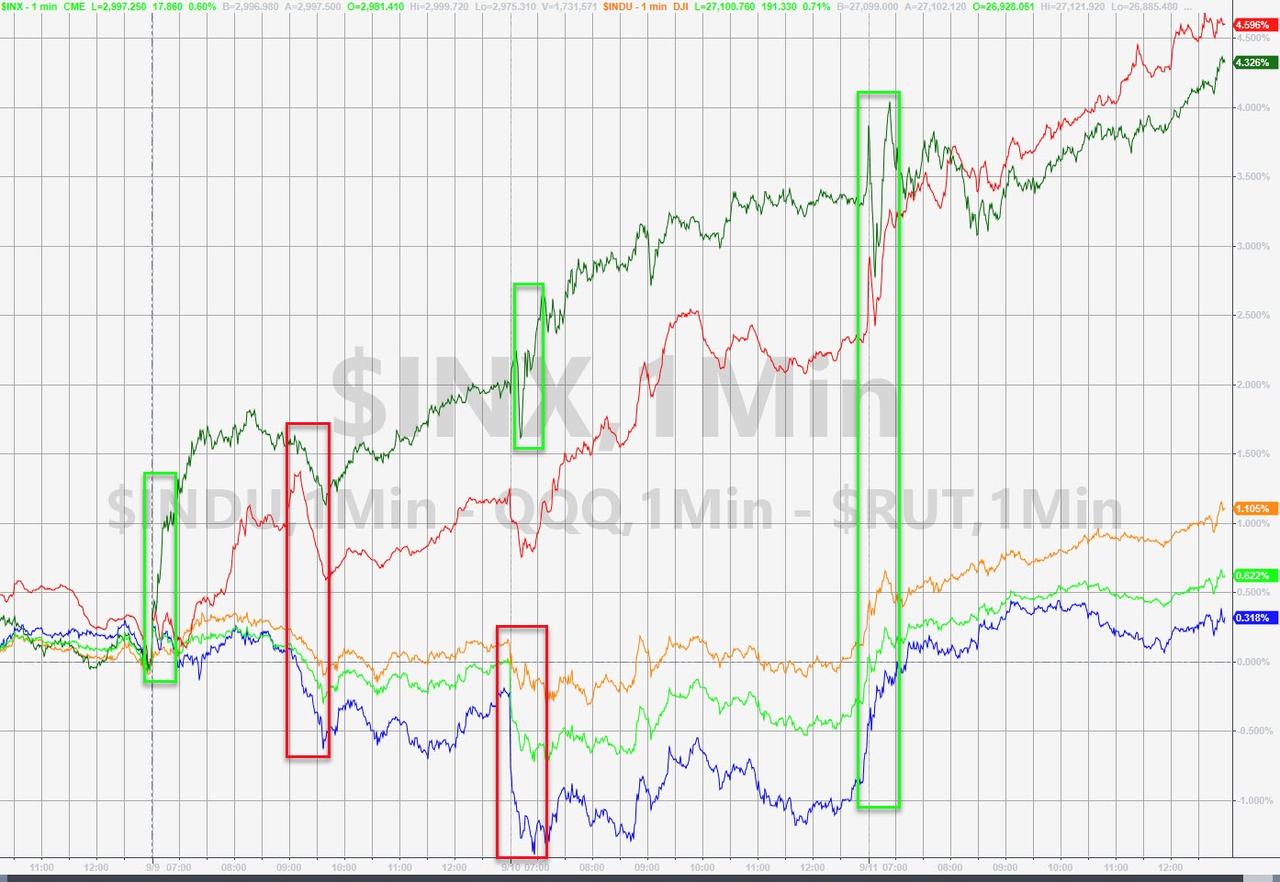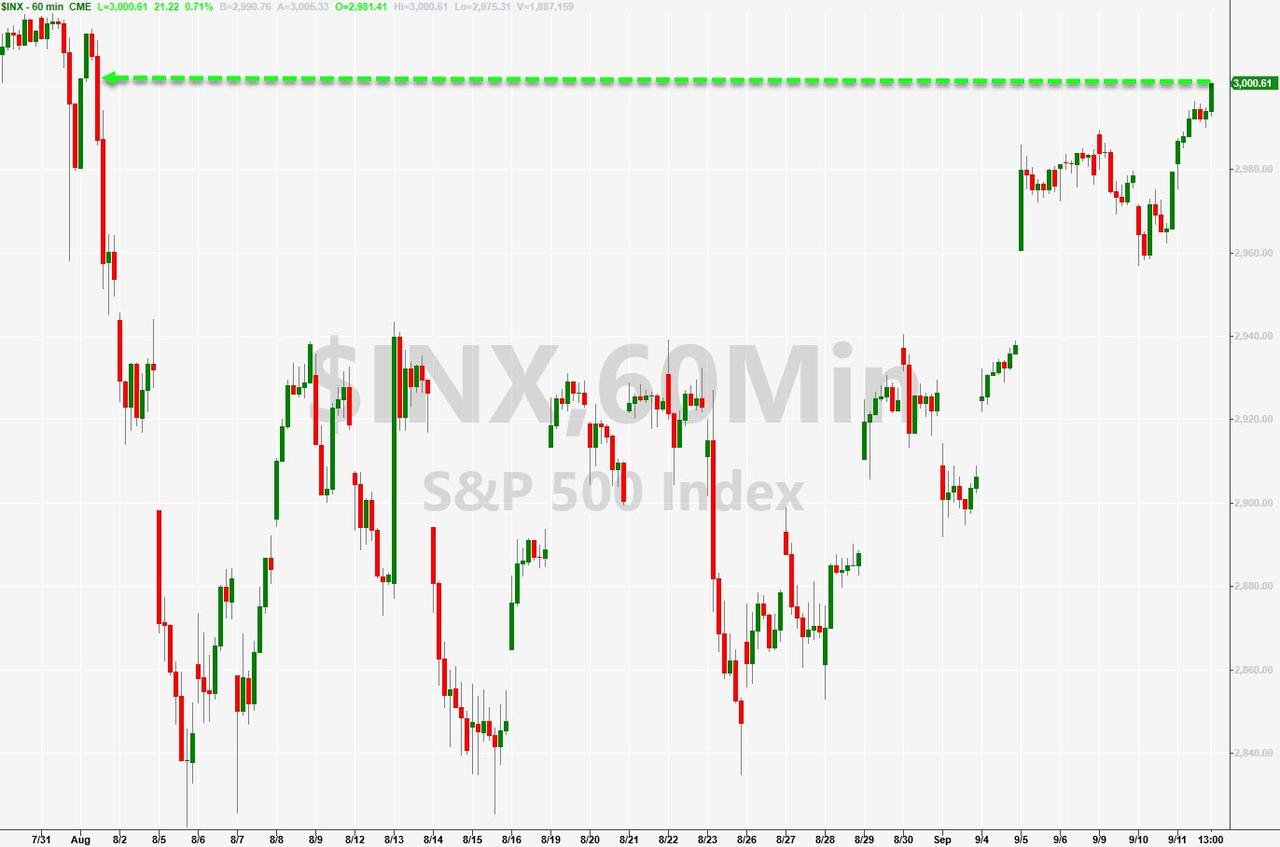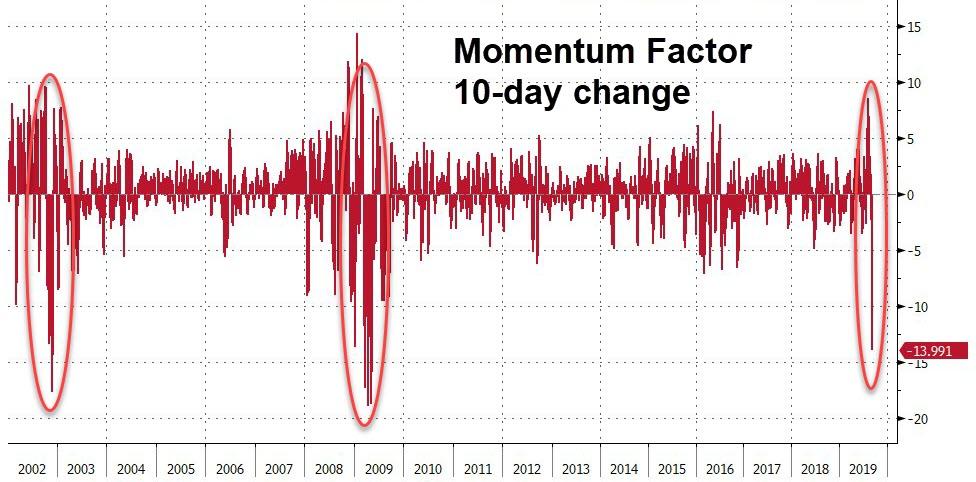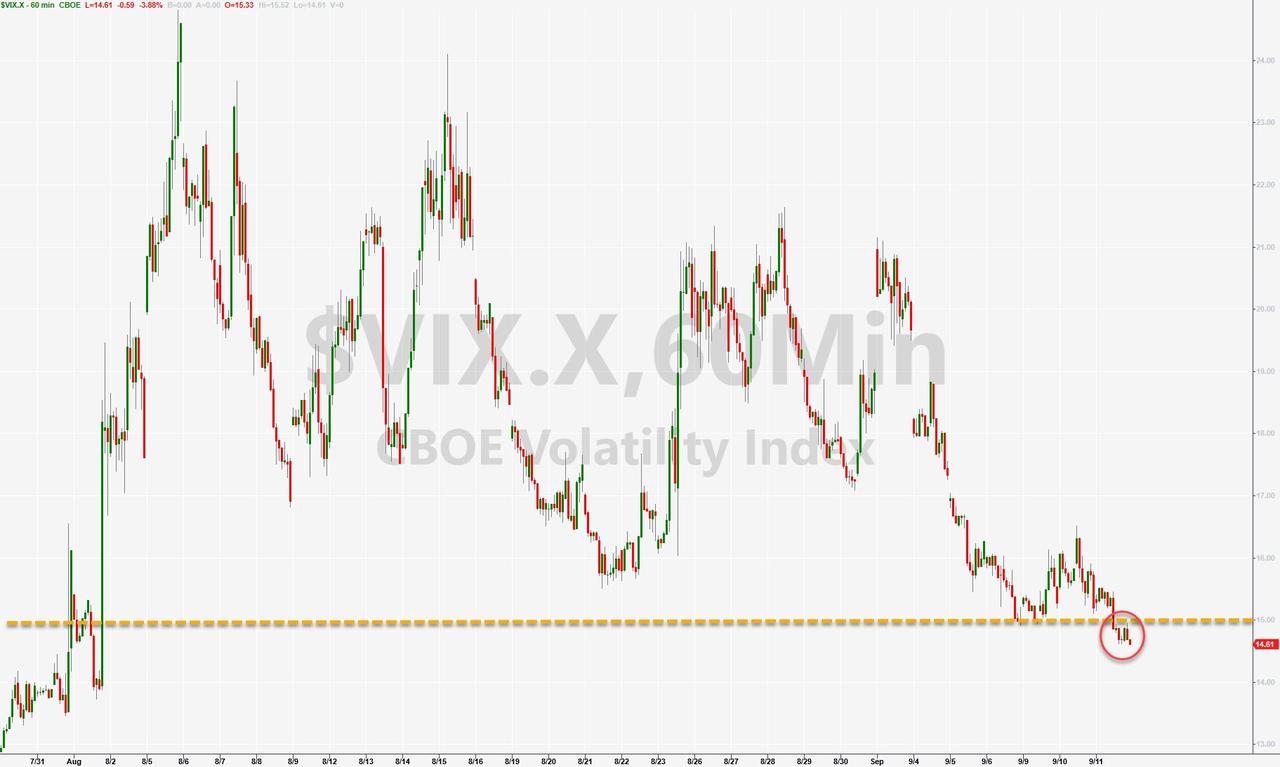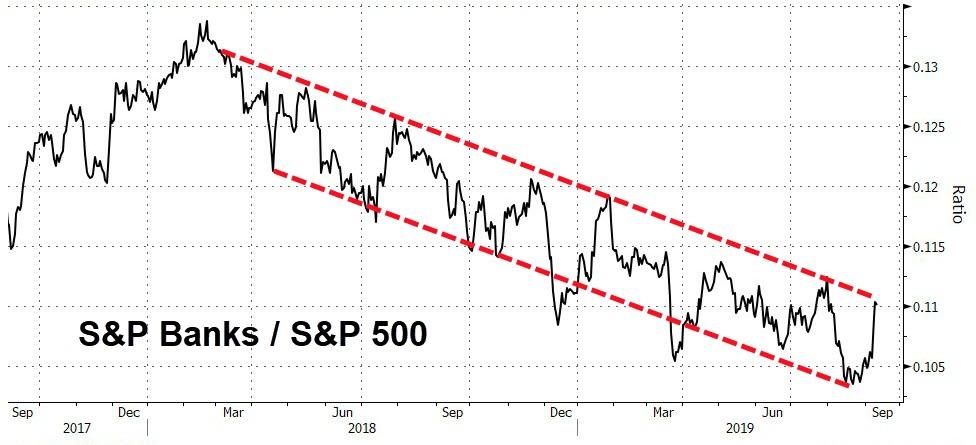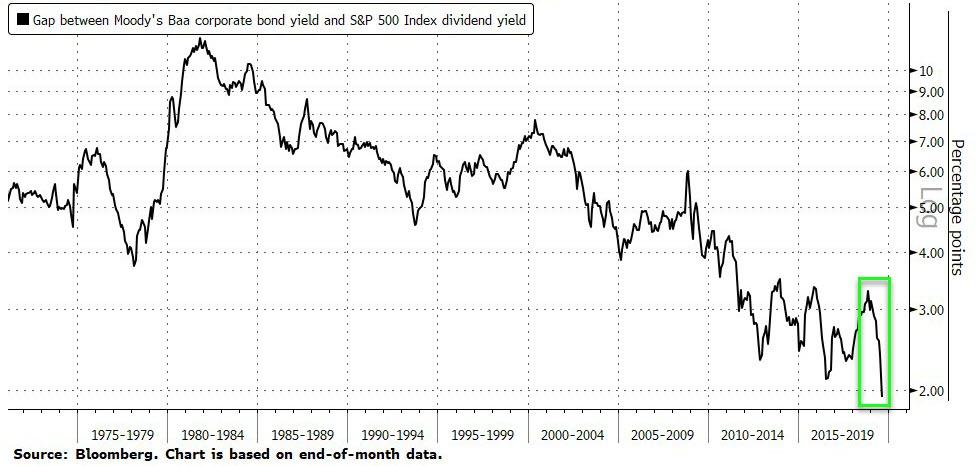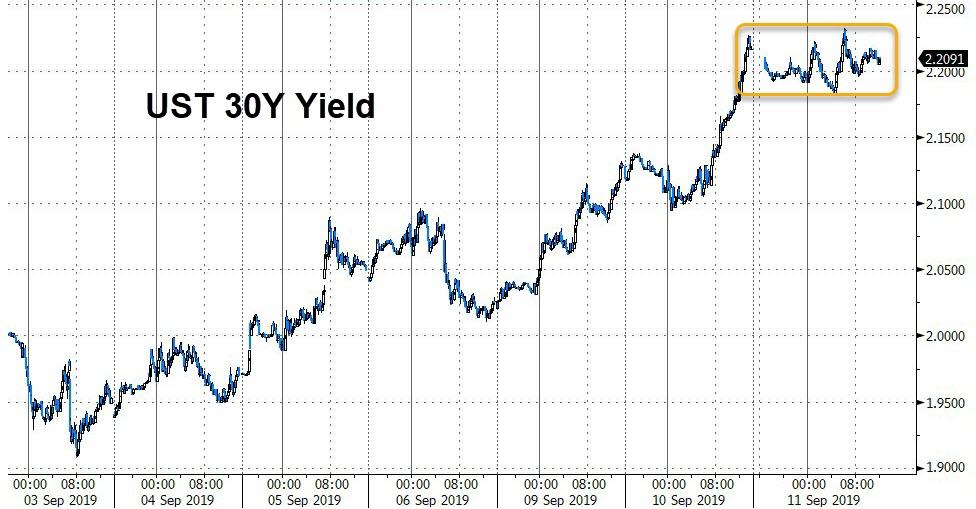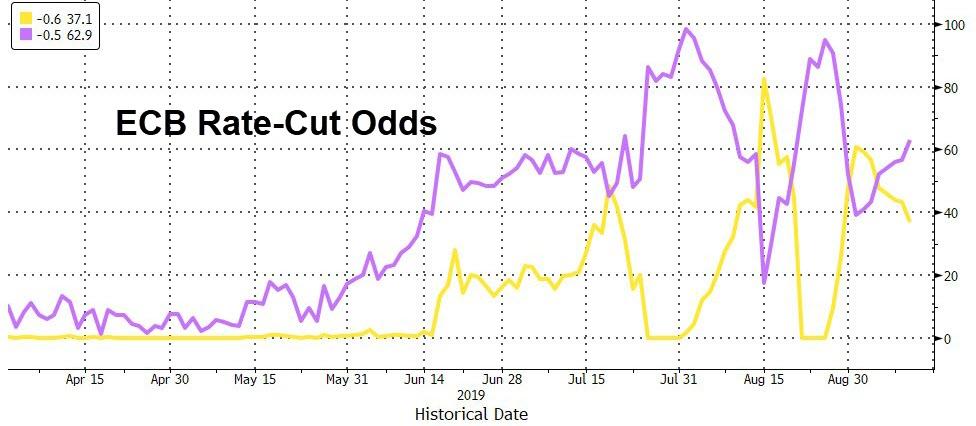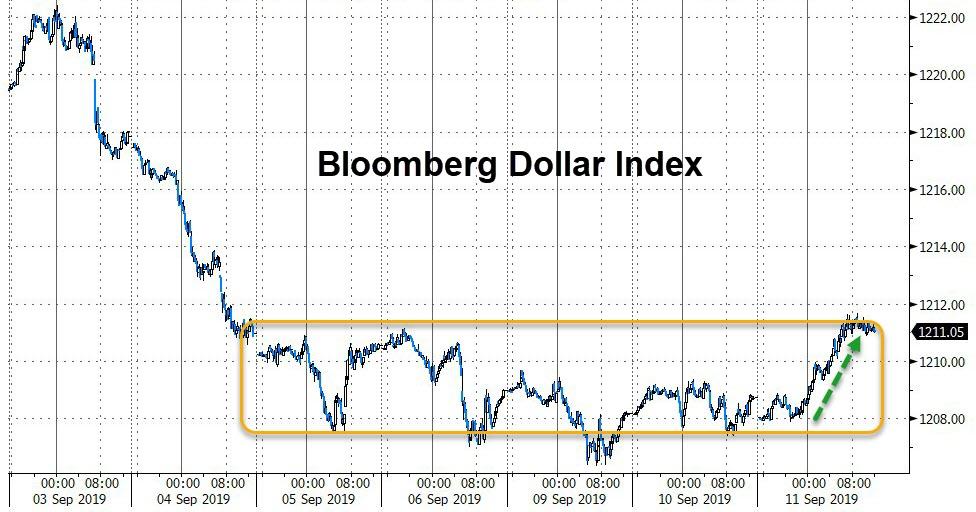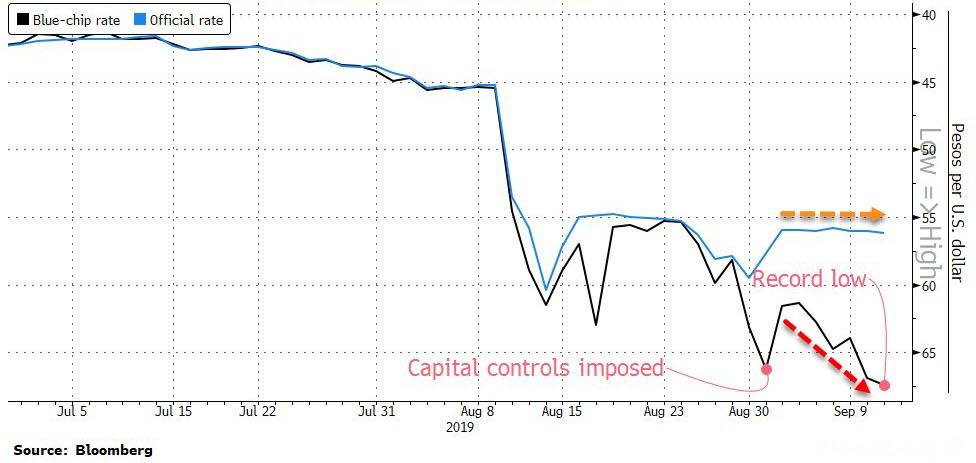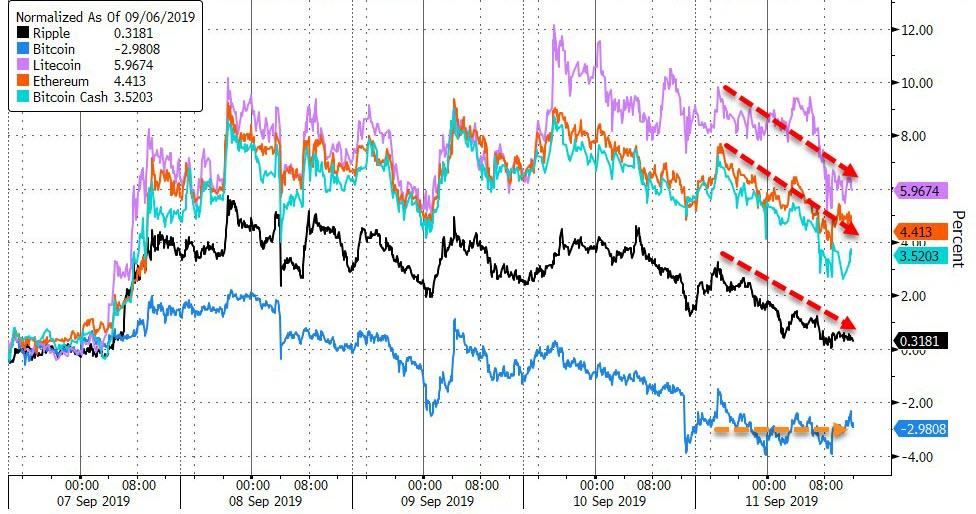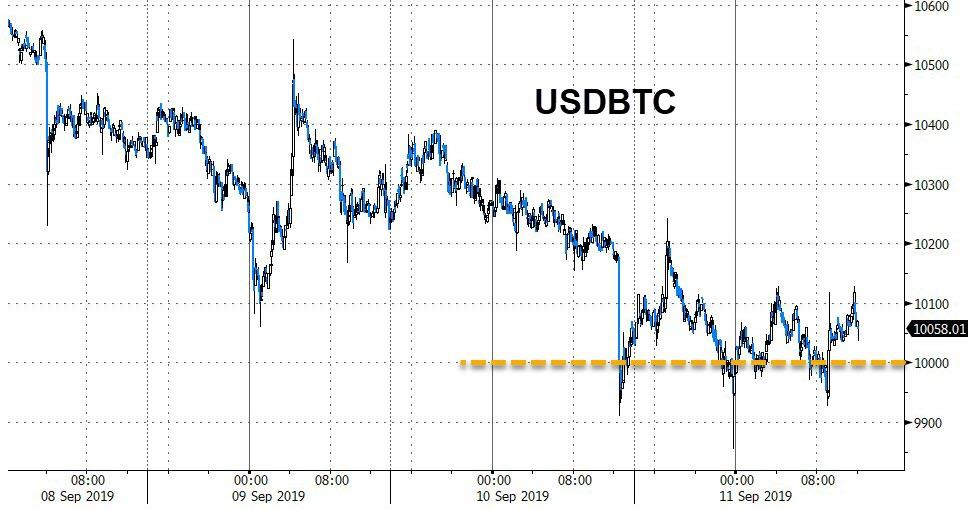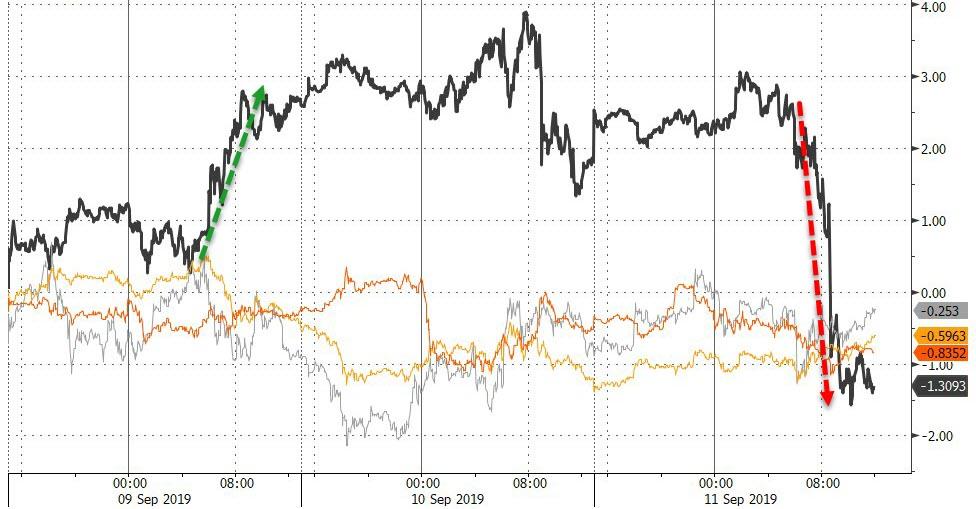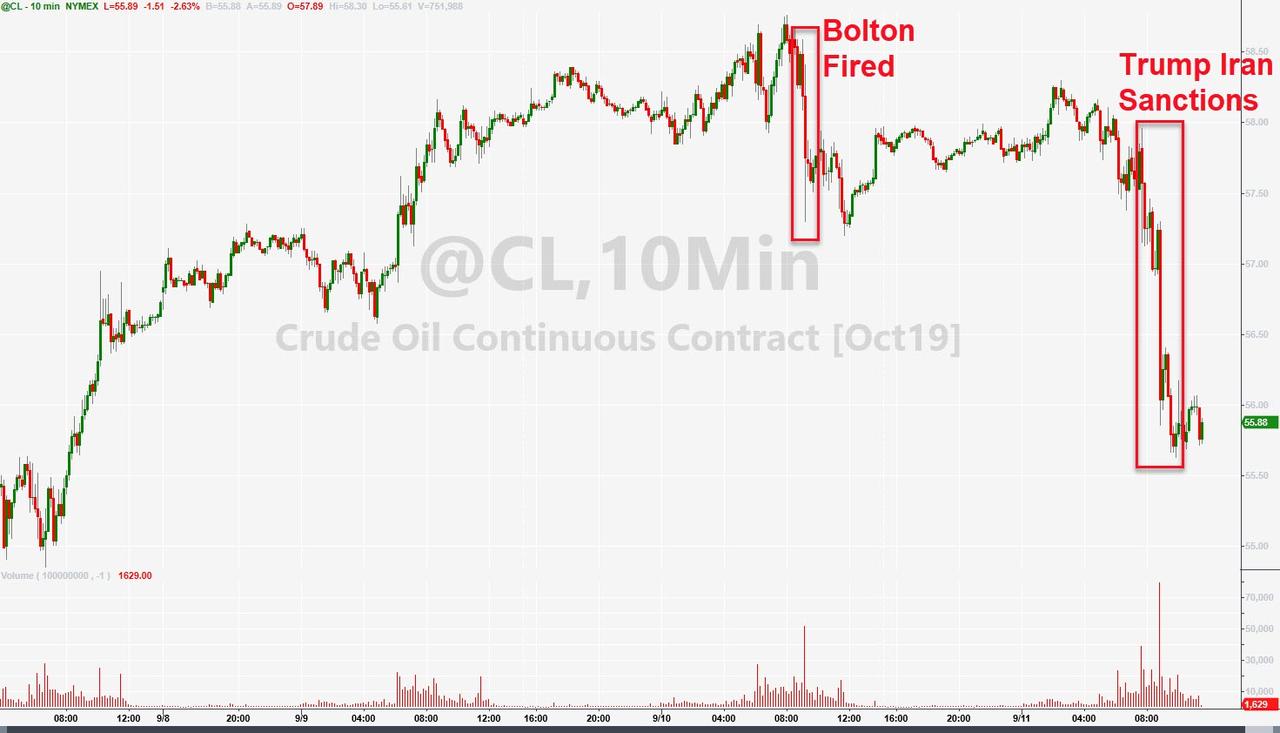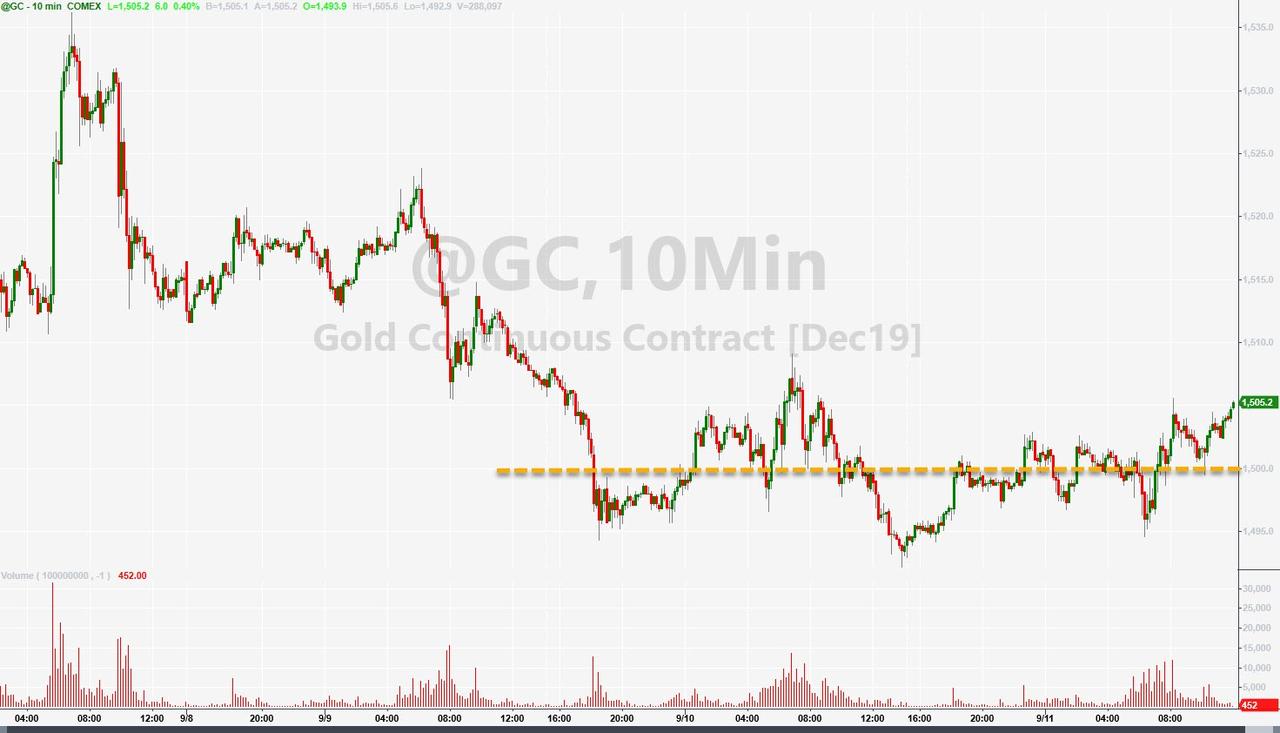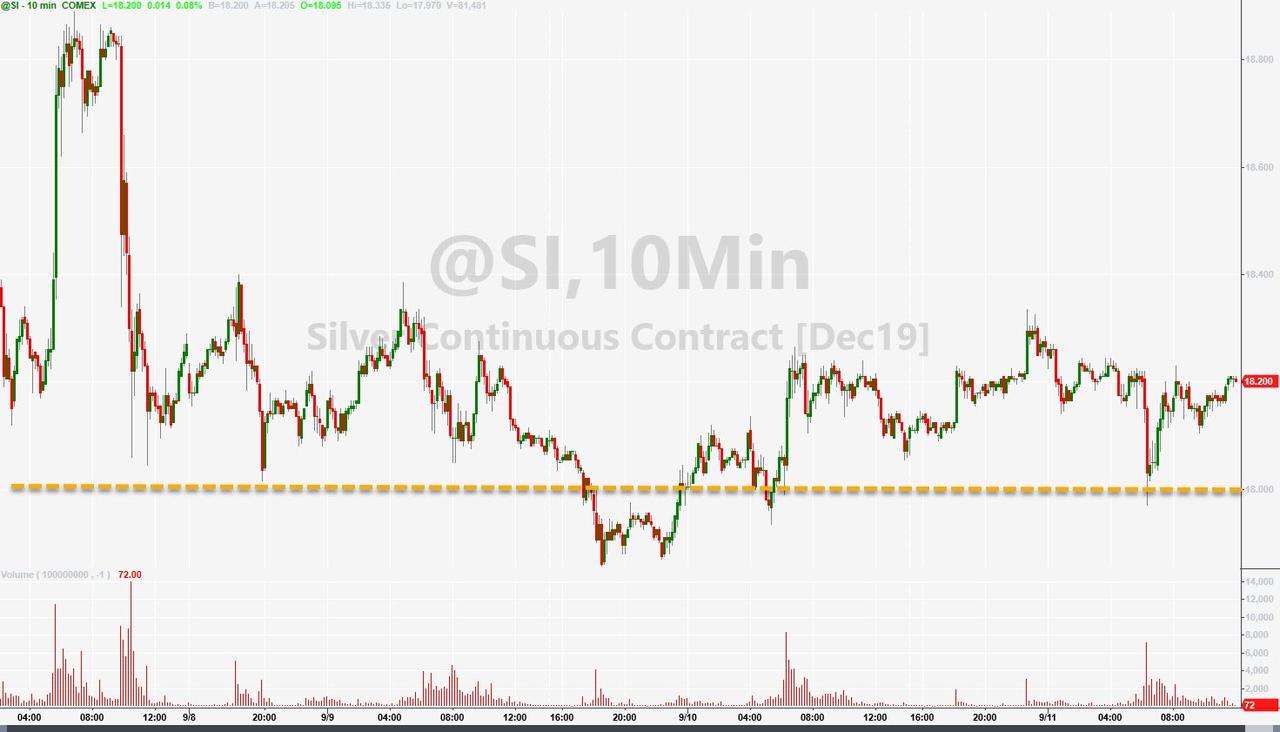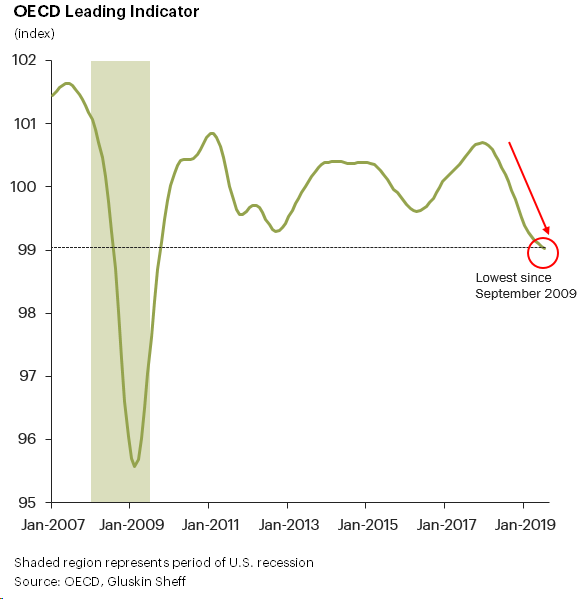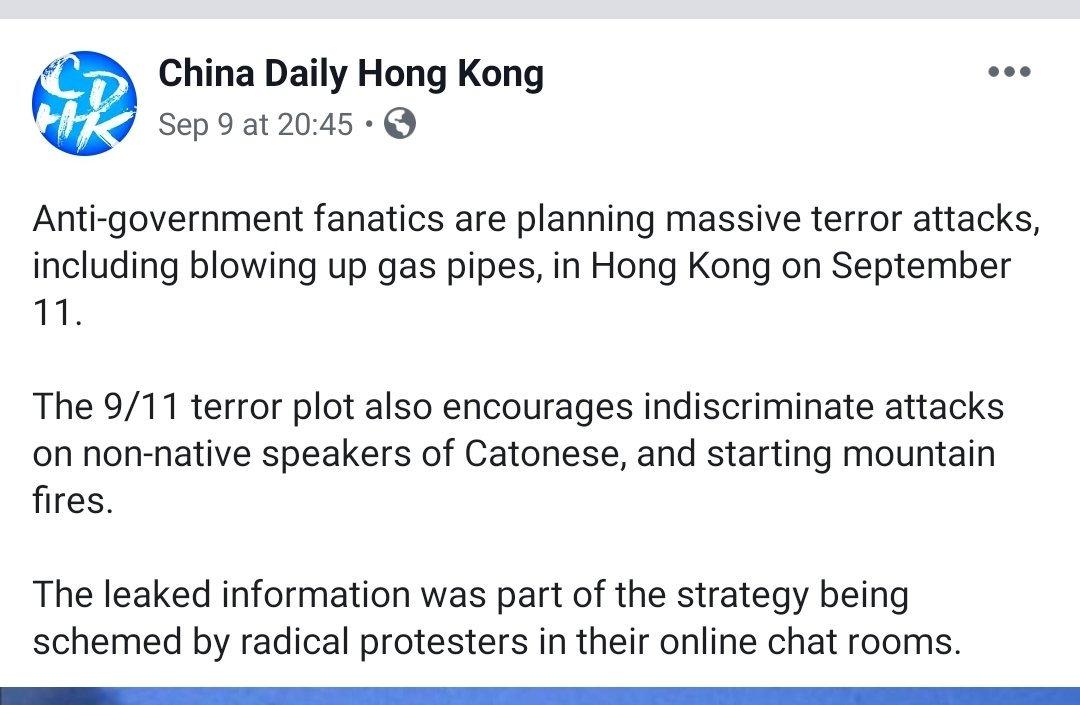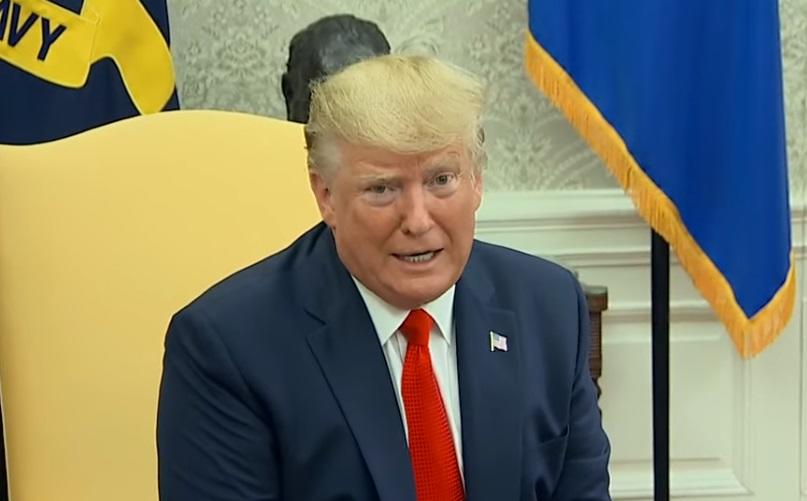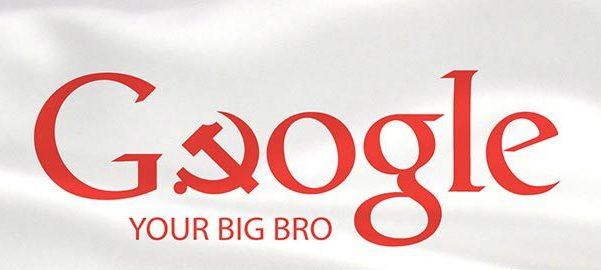Stocks Surge On Biggest Short-Squeeze In 8 Years Despite Momo Meltdown
See… stocks are up, everything’s fine!!
After two days of utter carnage in the quant community, things slowed a little today – but note that the unwind continues…
Source: Bloomberg
Pressure remained on Asia quants…
And continued once again in the US session…
Source: Bloomberg
Of most note is the biblical reversal this week – “the last shall be first, and the first last: for many be called, but few chosen.” In other words – the bounce in stocks this week is a bid for the YTD worst-performers and the weakest names this week are sold from the best-performing names YTD…
“Most Shorted” Stocks continue to squeeze higher – up a stunning 12.75% in the last 6 days, the biggest squeeze since August 2011.
Source: Bloomberg
The Short-squeeze lifted Small Caps to major outperformance today…
And Small Caps and Trannies lead the week with the rest all scrambling into the green for the week today…
S&P topped 3,000…
Momo has now fallen for 9 of the last 10 days
Source: Bloomberg
VIX fell back to a 14 handle…
Bank stocks relative to the market stalled today at key resistance level…
Source: Bloomberg
The gap between the yield on a Moody’s Investors Service index of Baa-rated corporate debt and the dividend yield on the S&P 500 Index narrowed to less than two percentage points last month for the first time since the 1960s and has stayed below the threshold this month, according to data compiled by Bloomberg and figures cited in a report by Keith Parker, a strategist at UBS.
Source: Bloomberg
Treasury yields ended the day practically unchanged (NOTE – a record calendar in the last few days has been largely responsible for this carnage as rate-locks are set)…
Source: Bloomberg
The 30Y Yield ended unchanged and traded in a very narrow range…
Source: Bloomberg
Ahead of tomorrow’s ECB meeting, the market is pricing in a 63% chance of a 10bps cut to -50bps and a 37% chance of 20bps cut to -60bps!
Source: Bloomberg
The dollar surged today, but only back to the top of its recent narrow range…
Source: Bloomberg
The Argentine Peso plummeted to a new record low (if you follow the real ‘blue-chip’ rate and not the ‘managed’ official rate)…
Source: Bloomberg
Altcoins leaked lower but Bitcoin went sideways on the day…
Source: Bloomberg
Bitcoin tested and bounced $10,000 a number of times today…
Source: Bloomberg
Mixed picture in commodity-land with oil worst on the day and PMs making modest gains…
Source: Bloomberg
WTI was clubbed like a baby seal despite big inventory draws as headlines suggested Trump was looking to cutback on Iran sanctions…
Gold futures scrambled back above $1500…
Silver futs also bounced off key support at $18…
Finally, some fun-durr-mentals. As Gluskin Sheff’s David Rosenberg tweeted today, ” To little fanfare, the OECD leading indicator fell for the 19th straight month in July, hitting its lowest level since September 2009. Recession pressures continue to build. “
Probably nothing!!
Tyler Durden
Wed, 09/11/2019 – 16:02
via ZeroHedge News https://ift.tt/2ZS6CHU Tyler Durden
